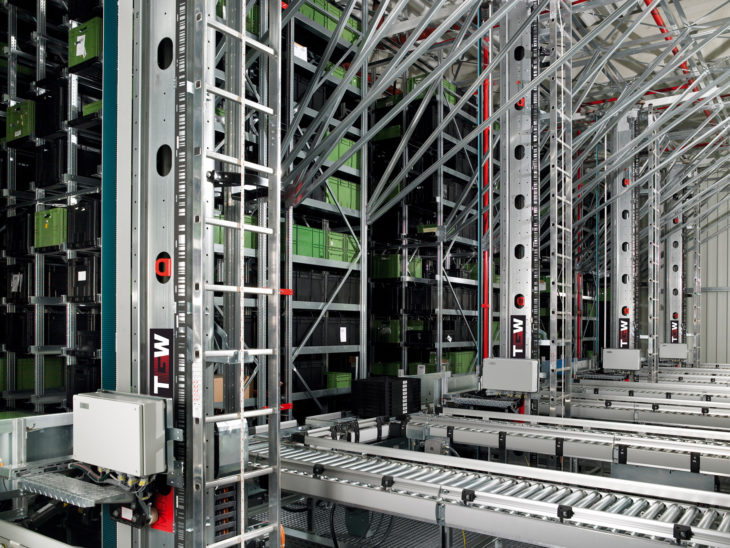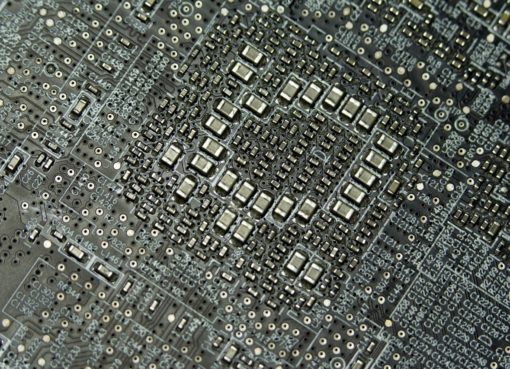Every business that has to storage goods needs a warehouse. The game is simple – a modern warehouse, equipped with sophisticated solutions allows the owners to increase its productivity. In the age when the business world has already moved closer to a paperless and wireless environment, some of those technologies are finding their way into daily warehouse operations, making the work easier for both floor crew and managers.
What paper warehouses lack
In a standard warehouse, each printed document needs to be sorted and filed – a process that easily slows down the entire procedure. Clients who come to the warehouse to pick an order, expect a fast service where their order will be taken care of at once. The problem with these paper-based warehouses is that they cannot provide such a prompt level of service.
In addition, they need a daily supply of paper, ignoring the ecological aspect of their work. It is no secret that in near future, only environmentally-aware businesses will lead the industry. In short, paperless warehouses are the future of storing goods.

Solutions for faster retrieval
The efficiency of a warehouse is measured by the speed it can issue the stored items – more items in a unit of time means higher revenue. High productivity rates are hard to achieve without innovative solutions for retrieving pallets from warehouse shelves.
Also, Read: How Technology will Boost Ecology in the years to Come
A system that more and more business owners implement is the Pick to the Light system because it is efficient and easy to use. This highly-sophisticated system navigates the workers using a special computer-based procedure. During a pick operation, it informs the user about the type and number of products they need to pick. The software behind it makes all paperwork in the warehouse redundant, increasing the productivity as well as reducing the environmental footprint of the warehouse.
Communication boosts productivity
Large warehouses that involve a high degree of mechanization are noisy places where verbal instructions are often scrambled by the machinery noise. Wireless technology allows warehouse managers and operators to communicate more effectively, solving the problems as they arise on the spot.
This is a winning combination for every business, as the instructions and feedback can flow unobstructed, while radio headsets allow workers a greater degree of multitasking, boosting their productivity. Such wireless communication reduces the probability of human error to a minimum, making the warehouse floor much safer and the retrieval process more accurate.

Radio frequency devices
In our effort to build warehouses that are well-organized and fast, it is important to apply all technologies that will provide seamless and fast communication. The two already mentioned features can be combined into a Radio Frequency device. With the good potential to become a keystone of a paperless warehouse, a Radio Frequency device supports a set of communication features that ensure smooth flow of information throughout the warehouse. Those devices can be installed on workers’ clothes, mounted on forklifts or industrial pallet racking structures, allowing warehouse workers to communicate with each other or the manager in an unobstructed way.
Machine-to-machine technology
From its humble beginnings, M2M technology has evolved into sophisticated systems that help monitor and control every automation aspect of warehouse operations. In combination with warehouse managements systems (WMS) like Pick to Light, they make to control all the equipment needed for order fulfillment process. Finally, they provide warehouse managers with actionable information that can verify operational procedures and improve the decision speed.
As you can see, transforming the warehouse into a paperless environment not only brings long-term benefits to the business performance but also improves clients’ experience with the warehouse services.
Lillian believes that the question of business goes far beyond the maximization of profit through different money-grabbing ploys. Instead, she likes to think that ethical principles should be at the core of every commercial venture, paving the way for much more balanced distribution of wealth on a global scale.






Comment here